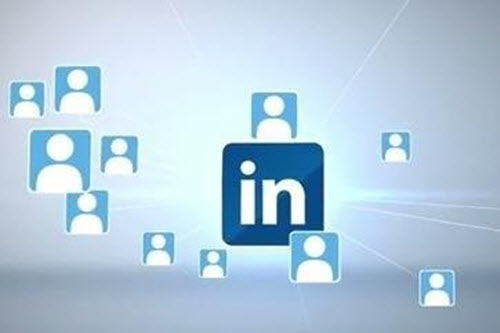October 2023
This is Why You are Not Generating Leads on LinkedIn
The LinkedIn platform provides BVFLS professionals a potential avenue to showcase their firm’s knowledge and specialization. In this article, Rod Burkert shares why many BVFLS professionals on LinkedIn are unable to generate business from their presence on the platform.
Did you know:
- Close to one-half of the USA’s millionaires are on LinkedIn—just the kind of people you want to rub elbows with.
- And almost two-thirds of LinkedIn members have never worked at a company with more than 200 employees—indicating most LinkedIn users likely work for private businesses you might be able to value.
- Last, almost one-half of LinkedIn users check the platform daily—showing the importance of staying connected.
So, where are your leads for BVFLS services?
The number of people who say LinkedIn doesn’t work for them amazes me. And by “doesn’t work for them,” they mean their efforts aren’t generating leads for their valuation services. If that sums up your results, here are two crucial mistakes you might be making.
First, here is a recent (and typical) LinkedIn status update from a BVFLS professional who I am connected to:
All small business owners will require a valuation, at one point or another, whether for a merger, acquisition, tax issue, succession plan or a full sale. To help increase the value of your business, we have launched our all new “[Name Redacted]” Service. We will value your business, identify your value drivers, look at your KPIs, and explore unique ways to drive your value. Here is an interesting article to help you understand valuation.
Put yourself in the shoes of your potential leads. How do you react to this message?
Mistake #1: Do Not Sell on LinkedIn
Chances are the people you’re trying to reach on LinkedIn don’t know you. If people don’t know you, they can’t like or trust you. So, they’re not going to buy from a stranger based on a LinkedIn status update—especially at the price point you want to charge.
What your LinkedIn updates need is interesting/valuable content that lets potential leads get to know you. And like you. And trust you. That happens over time. Like a courtship. This is how we sell in person—our online tactics shouldn’t be any different.
Eighty-five percent (six out of seven weekly posts) of what I put on LinkedIn relates to helping my audience without purchasing anything. Example: Every Tuesday, I post about an app or program that will improve practice efficiency or effectiveness. The closest I come to self-promotion is a gentle plug on Sundays for something like my free Practice Builder ASSESSMENT or Practice Builder SNAPSHOT.
Mistake #2: Stop Pushing the Wrong Button
Study after study has shown that we are irrational creatures, and we make decisions—especially buying decisions—for irrational reasons. The above LinkedIn update assumes potential leads are rational and will be convinced to purchase valuation services based on the logic of wanting to know their value drivers and KPIs.
Very few business owners (or their advisors) whom I have worked with actually wanted to buy a valuation—for any reason. What moved them to sign the engagement letter was their acute problems that needed solving—using a valuation.
So, if you want leads, you need to appeal to buyers’ emotions. Skeptical? Think about what motivates you to buy something. Are your reasons rational, based on logic, or does the seller’s message appeal to your emotions?
What will work are occasional LinkedIn updates (i.e., public service announcements) with themes like:
- Your business partner just passed away. What will you do without her? Her interest needs to be valued so life can go on for everyone involved. We can do that.
- You’re getting divorced. Your business is the largest marital asset and needs to be valued. It’s going to hurt. We got your back.
- Your business has provided everything for your family. You want to get out while you’re on top. We help savvy business owners like you plan successful, high-value transitions.
- An employee stole your customer list. People are upset and worried. The damages seem incalculable. We calculate the incalculable.
You make the fundamental emotional connection that motivates people to take the action you want. Attach a relevant article (or toolkit or checklist or case study) to these messages, and you’ll be off and running.
And the reader of your LinkedIn update, if they have that problem and you lay the right breadcrumbs, will find their way to your profile or website. There, you can showcase all the resources that prove you can do what you say you can do. People reach out to you. Leads are born.
So What?
According to the results I am compiling for The 2023 Business Valuation Firm Benchmarking Survey, 80% of the respondents say they use LinkedIn regularly.
But what’s the point of being on LinkedIn if you’re not using it correctly? You’ll just end up joining the ranks of those who say, “I tried LinkedIn, and it didn’t work for me.”
Everyone has a different idea of what a successful practice is. The practice you want is personal because it is based on what “successful” means to you. I help practitioners focus on the strategies and tactics to build/grow their versions of successful practices. If you want some help with that, e-mail me at rod@rodburkert.com.










